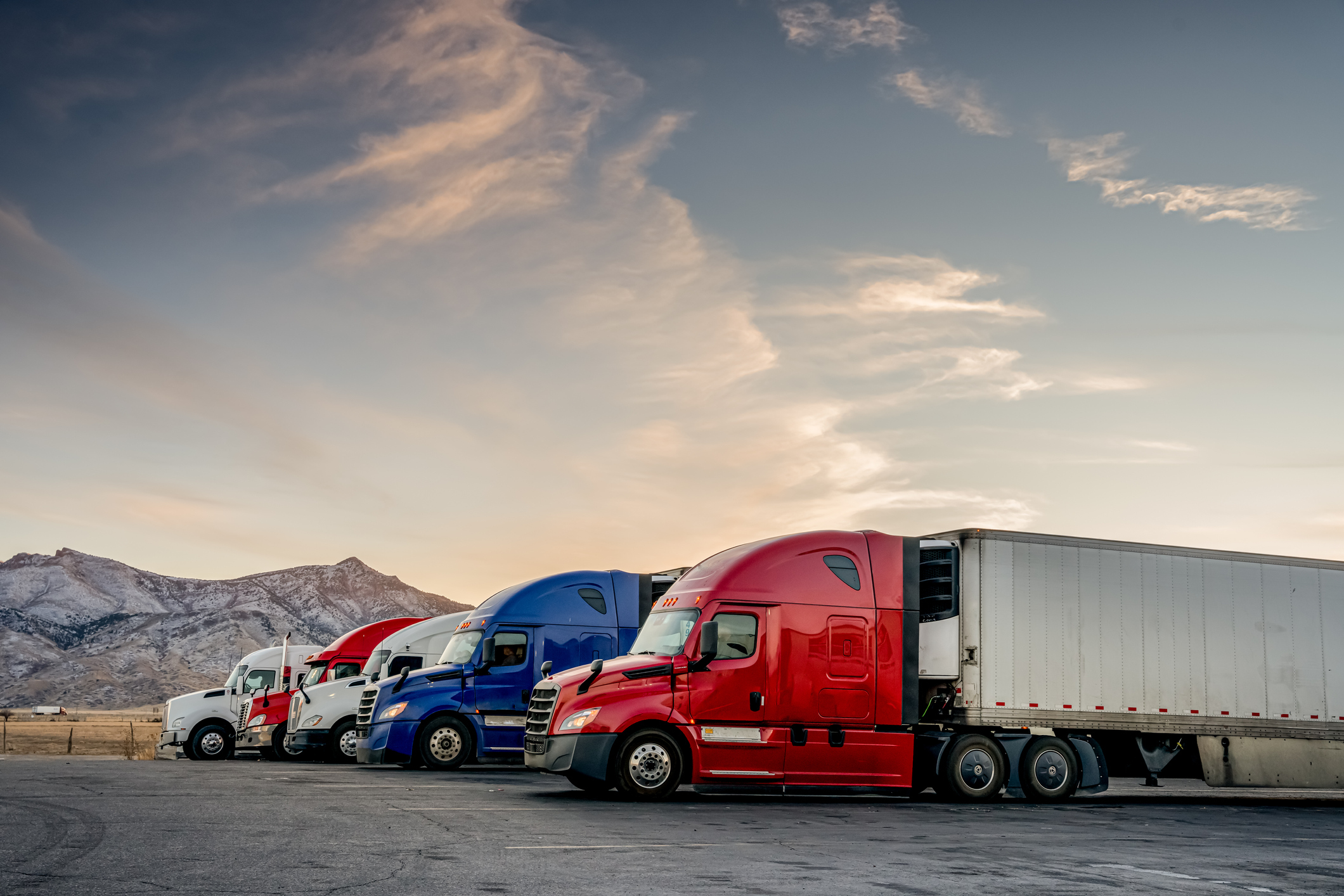Top Predictions for the Fleet Market in 2022

With 2021 in the rearview mirror, it’s time to take a look at what’s ahead for 2022 — specifically, a look at top predictions that fleet industry insiders foresee affecting the fleet market over the next 12 months.
2021 was unquestionably a challenging year for the industry. One where fleet managers were faced with numerous business challenges, including supply chain limitations, production shutdowns, gas/oil shortages, and rising fuel/maintenance costs. This is all while scrambling to find solutions for keeping employees safe and productive as the COVID-19 pandemic lingered.
With the New Year just beginning, what headwinds and opportunities are predicted to dominate? Follow along for a “Top Five” of what insiders see in their crystal balls and is your fleet prepared if their predictions ring true?
1. Supply Chain Issues Will Decrease but Continue to Exist
Supply chain issues, such as those with microchips, are a global issue that’s impacting numerous industries. The good news is the microchip shortage will get better, but don’t expect it to end anytime soon. Inventories and availability are improving, but end-user demand continues to outpace global production, making the supply volatile and dynamic. This is expected to continue through 2022, but look for the intensity of inventory constraints to decrease.
With industry-wide vehicle production expected to increase in 2023, this pent-up demand will continue to put pressure on production volumes, especially popular vehicle models. In addition, availability pressures may be more significant for less popular models that will be a lower priority for chip allocation if microprocessors supplies tighten.
2. Difficulties Sourcing Replacement Vehicles
The difficulties and uncertainties related to sourcing replacement vehicles will improve somewhat but will remain a top challenge that prompts fleet managers to extend the service lives of their current fleet vehicles. The longer the vehicle's service life, the more costly the vehicle can be to a company’s bottom line — with increased maintenance costs, higher fuel consumption, and lost production from vehicle downtime. Plus, since older vehicles lack the latest safety technology, they are more of a safety risk, meaning higher accident rates and insurance costs.
3. Fleet Costs Will Continue to Climb
In 2021, fleet costs increased across the board, resulting in higher overall operating costs. Cost increases will continue through the first half of 2022 with upward pressure on costs across the following areas:
- Vehicle Acquisition - With end-user demand exceeding production volume, OEMs do not need to incentivize buyers. With a decrease in incentives, vehicle acquisition costs climb higher.
- Fuel – Volatile fuel prices are expected to increase and could be north of $4 per gallon as the national average. To help control fuel costs, fleet managers need to keep vehicles adequately maintained to improve fuel efficiency as well as monitor and educate drivers on behaviors that increase fuel consumption.
- Tires - Higher commodity prices will mean higher tire prices. In 2021, tire prices were 3-10% higher because of the uptick in commodity prices.
- Preventative maintenance – Increasingly, vehicles require synthetic motor oils, which are substantially more expensive than conventional motor oils.
- Unscheduled Maintenance – With more companies adopting extended replacement schedules and the low availability of new vehicles, there will be greater demand for maintenance providers and experienced technicians. This will result in higher maintenance costs and higher labor rates.
With rising costs, already shrunk budgets will continue to tighten. For fleet managers, there will be pressure to right-size their fleets and implement initiatives that reduce overall fleet operating costs while maintaining the same activity levels.
4. Incremental Growth of Last-Mile Delivery Fleets
Over the last few years and especially since the COVID-19 pandemic struck, there’s been explosive growth in last-mile delivery, and consequently, the number of last-mile delivery fleets has accelerated. Last-mile deliveries were already the fastest-growing fleet segment. Still, with the pandemic bringing about a major shift in consumer behavior and the growth in eCommerce, the last-mile delivery market in the U.S. will continue to grow.
By how much? — at a compound annual growth rate (CAGR) of 9.29% from 2021 to 2027.
5. Increased Electric Vehicle (EV) Adoption
2021 saw an all-time high in EV sales. With emissions regulations continuing to tighten and more EV products becoming available, EV adoption is expected to accelerate in 2022 and continue through 2023. The driving forces behind EV adoption include sustainability interests and federal, state, and local mandates. Additionally, commercial customers realize that EVs are good for business. They can help companies reduce emissions, increase sustainability, build brand value, and lower the total cost of ownership related to maintenance and fuel costs, which helps boost efficiency.